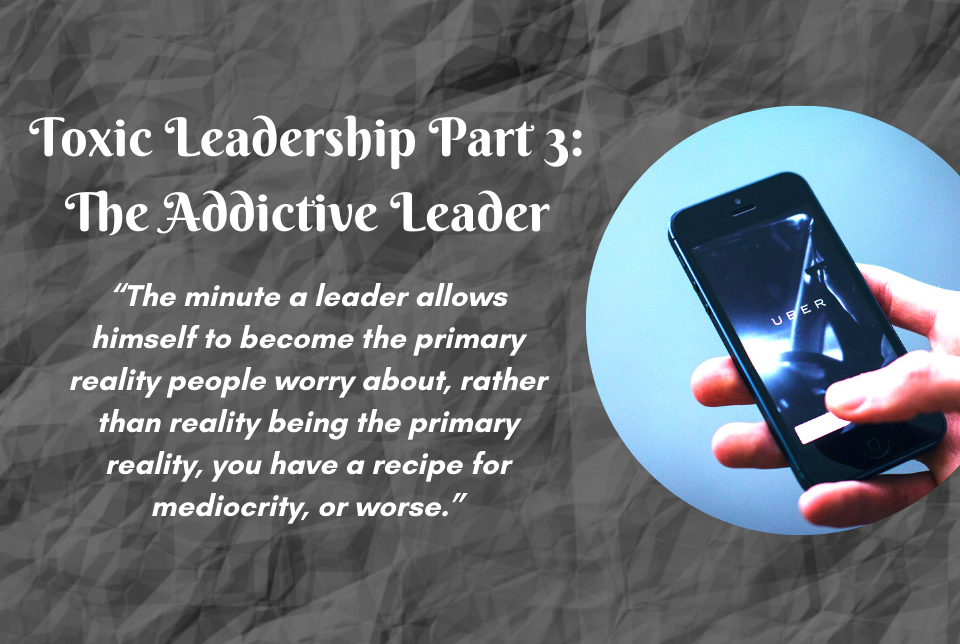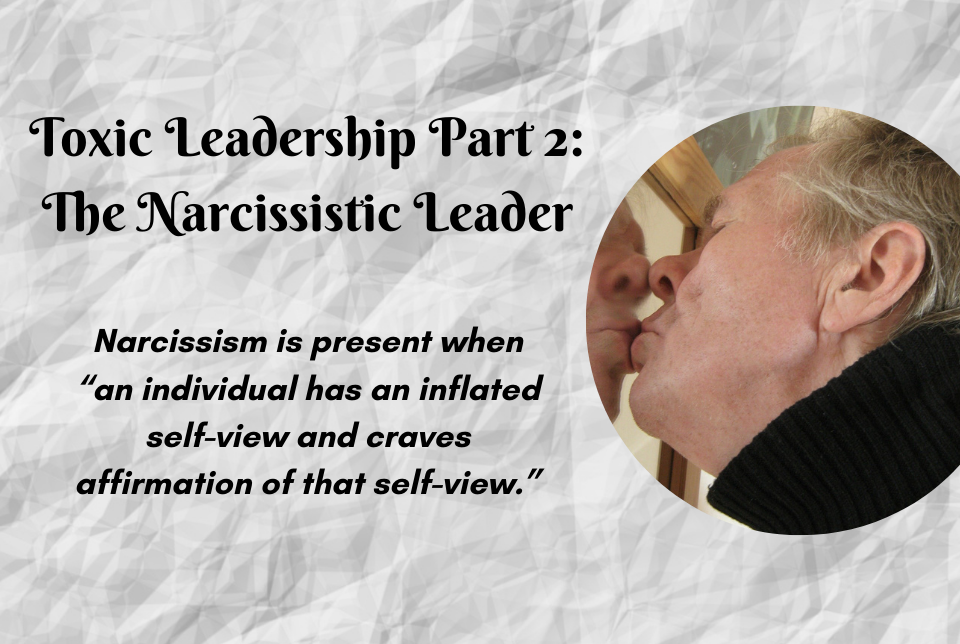An Investigation: The Shunning of Servant Leadership
Why Isn’t Servant Leadership More Prevalent?
This title is taken from a leadership blog written by James Heskett in which he explores this critical question. Though many key leadership authors from Steven Covey to Adam Grant have espoused the concept and research has been growing as to the effectiveness of this leadership mindset, servant leadership practice continues to be in the minority. Heskett shares this quote from Adam Grant, “…servant leaders are not only more highly regarded than others by their employees and not only feel better about themselves at the end of the day but are more productive as well.” If this is true, then why, as Heskett asks, isn’t servant leadership more prevalent?
Why are other mindsets of leading (i.e. autocratic or paternalistic) more practiced in organizations today? It’s a fair question, right?
If employees are more productive and happier, and organizations are healthier when servant leadership is practiced, why doesn’t it become the majority mindset of leadership?
Why haven’t leadership practices evolved to embrace the Servant Leadership model?
To seek to address this question, this new series takes an open and honest look at common misconceptions of servant leadership along with objections many have related to this way of leading.
This article introduces eight key misconceptions that will be explored deeper in future articles.
Misconception #1: Servant Leadership Describes an Unreachable Ideal State
Servant leadership, to many, just seems too good to be true; too idealistic to be practiced in the real world. Certainly, servant leadership calls for high values and consistent practice, but putting the needs of the followers ahead of the self-interest of the leader is something that can be done, and must be done, if a healthy organization is desired.
Research has shown that leaders and organizations can attain this high level of servant leadership behavior. In one study by Laub (2010) it was discovered that almost 12% of the organizations were identified as servant-led while in Herman’s study (2008) that figure was over 16% (Laub, 2018)
Yes, servant led organizations are in the minority, but they do exist and the growing research base around servant leadership indicates that these organizations are healthier and more productive.
Misconception #2: Servant Leadership Is (or appears to be) Weak
We have for too long misunderstood servant leadership as some kind of “nice” leadership that never makes the tough decisions, never upsets anyone and only creates positive feelings all around. This misunderstanding of what servant leadership is leads to the perception that this is a weak and ineffective way to lead. Everyone knows that leading is difficult and involves hard decisions and unpopular actions. Servant leaders do not avoid this reality, but they bring a different mindset that puts the wellbeing of the led ahead of their own self-interest.
Misconception #3: Servant Leadership is Situationally Limited
This misconception actually addresses three different misunderstandings due to viewing servant leadership as limited situationally. These three misunderstandings are that servant leadership:
- Is just one style of leadership among many styles
- Only fits leaders with particular personalities
- Only works in certain organizations
If servant leadership only works in a narrow range of situations, then it is too limited to be a serious leadership approach. However, in this series, we will explore how servant leadership transcends these situational limitations and is applicable to all styles, personalities and organizational types.
Misconception #4: Servant Leadership is Too Religious, Too Christian, and Too Western
Is servant leadership a religious concept that then has limited application to non-religious settings?
“There is no doubt that servant leadership connects to a rich religious and Christian background. It is a philosophy based on values consistent with the highest religious traditions as well as the virtue-based philosophies of Aristotle, Plato, and others.” (Laub, 2018)
However, servant leadership is not limited to a particular religious viewpoint and it has been successfully practiced by leaders of faith and leaders with no faith. Servant leadership is a value-laden mindset that puts others first creating a vibrant team of servants and leaders. This can be accomplished in a religious or non-religious setting.
Misconception #5: Servant Leadership is Too Long-Term Oriented
Relationship building takes time. Team building takes time. Culture change takes time, but it is wrong to think that the positive change that comes from servant leadership takes too long to be meaningful and effective. Our preoccupation with the quick fix and immediate results is short sighted and all positive change takes time. But servant leadership can be effective in the short term as well as the long term.
Misconception #6: Servant Leadership Lacks a Strong Research Base
Servant leadership is gaining a stronger and deeper research base showing that this approach to leading creates healthier and more successful organizations. Most of the research focus of the past three decades has been on building conceptual models and creating assessment tools like the Organizational Leadership Assessment (OLA). These tools have been used to great effect to build an ever-stronger research foundation for this valuable leadership concept.
Misconception #7: Servant Leadership has a Problematic, Confusing, and Contradictory Name
The term leader we like; the term servant not so much. Many have tripped over the servant word until they have determined that we should call this leadership something different; maybe values-based, relational leadership or something less provocative. But there is power in the paradox of pairing the two terms leader and servant. It forces us to think differently about both concepts and to come up with a new concept so unique that it creates a new way of thinking about leading others.
Misconception #8: Servant Leadership Does Not Allow a Leader to Make Unilateral Decisions and Exercise Personal Leadership Power
This misconception of servant leadership is based on a misunderstanding of power and what it is and how it works. Servant leaders are not powerless. They do not give away all of their power to others and retain none for themselves. Servant leaders are uniquely and inherently powerful and this power comes from the special commitment they have to serve others.
I trust that this quick summary of the eight misconceptions piques your interest for the series to come. Servant leadership is too valuable a concept to be left untried. It needs to become more prevalent and practiced in our organizations today. Enjoy the new series.
Your Fellow Servant,
Jim







